Leafhoppers, small insects measuring only a few millimeters in length, are widely considered pests because they feed on the sap of crops. The morphology and structure of leafhoppers have been studied for more than a century since Darwin, but little is known about the biohydrodynamics of their excretion process.
In the early morning of March 1, a paper published online in the international academic journal "Nature-Communications" stated that the liquid droplets (urine droplets) ejected by leafhoppers every day can reach up to 300 times their body weight, just like "leafhopper rain".
In comparison, humans excrete only about 2.5 percent of their body weight each day.
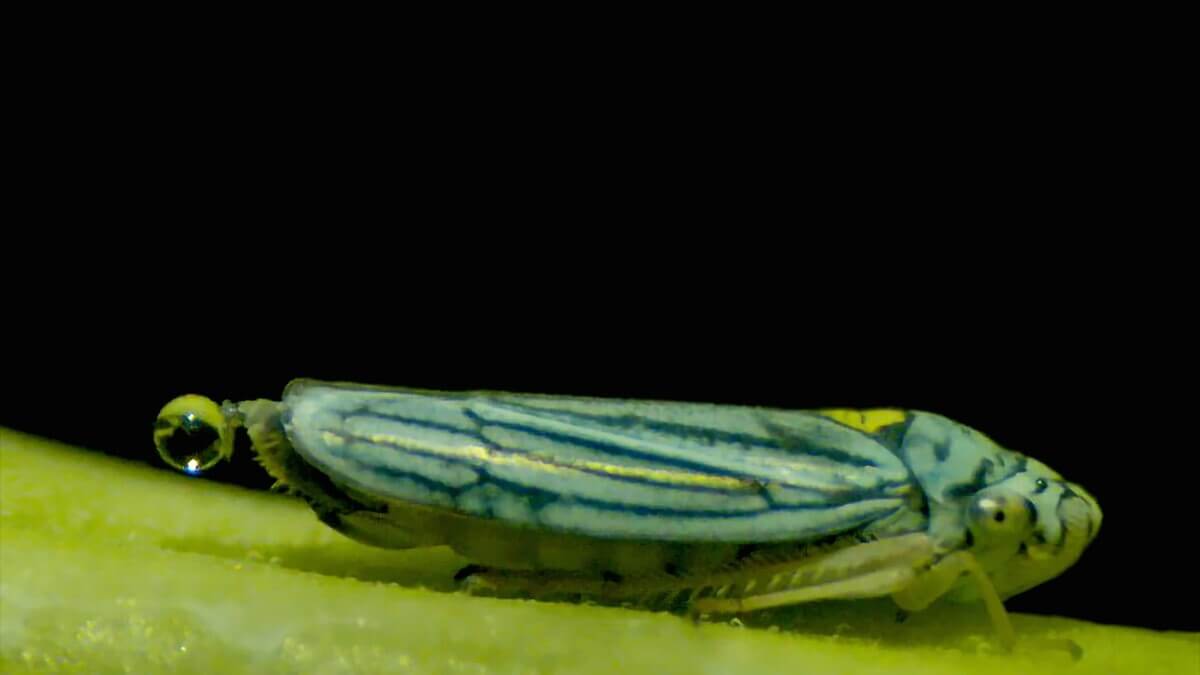
A leafhopper spraying droplets.
95% of the sap that leafhoppers suck is water. The researchers believe that it may be because of the huge energy required to excrete excrement 300 times its own body weight that leafhoppers chose the most energy-efficient method-Droplet superpropulsion.
This is the first time the phenomenon of "hyperpropulsion" has been discovered in a biological system.

The researchers believe that this discovery may inspire the engineering design of soft machine engines and energy-efficient self-cleaning structures.
Elio and Saad told The Paper via email that the principle of super-propulsion has only been demonstrated on the super-hydrophobic surface of the synthetic system before. Leafhoppers use special "anal stylus" appendages to catapult their droplet excretion, and by adjusting the vibration frequency, the droplets are ejected. This approach maximizes energy transfer efficiency and is therefore more energy efficient.
But Elio and Saad say it's unclear how the leafhopper achieves the tuning between its "catapult" and the droplet.
According to Elio and Saad, the leafhopper saves energy through two levels of effort: first, it chooses to eject droplets instead of jets; second, it uses superpropulsion during droplet ejection. Using muscles to form jets, they explain, is energetically expensive because of the high pressure required to form the jets. In contrast, forming droplets consumes less energy. After the droplet is formed, "super propulsion" helps it complete the maximum ejection energy transfer.
In September 2017, Professor Christophe Raufaste of the Université Côte d'Azur in Nice, France, and his collaborators published the international academic journal "Physical Review Letters" (Physical Review Letters) published by the American Physical Society. REVIEW LETTERS) published a paper entitled "Superpropulsion of Droplets and Soft Elastic Solids" (Superpropulsion of Droplets and Soft Elastic Solids).
They found that if a solid surface vibrating up and down was used as a catapult, the droplets could be launched from the catapult much faster than the solid surface could move. One important reason is that the ejected droplet is stretched, compressed, etc. deformed, oscillates in the air, like a concentrated baseball: it is squashed, and then bounces back. This oscillation, deformation, which increases the upward motion of the droplet's center of mass, is called "hyperpropulsion" by the researchers.
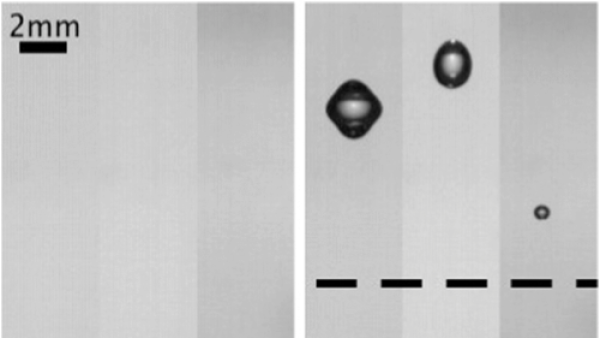
The researchers used a surface made of a superhydrophobic (note: non-adhesive) fluorinated polymer (similar to polytetrafluoroethylene) to emit water droplets with a diameter of about 0.5-1.8 mm to conduct related experiments.
When the frequency of deformation and oscillation of the above-mentioned ejected droplet is three times that of the up and down oscillation frequency of the solid surface, the ejection will achieve a huge "gain" effect: the kinetic energy of the ejected droplet is a rigid ball (Note: does not happen) 2.5 times the kinetic energy of being ejected.
In a 2017 report on the American Physical Society website, Raufaste said, "For slingshots, arrows and catapults, only part of the initial ejection energy is transferred to the 'bullet'. We can Acceleration dynamics, to significantly increase energy transfer." The same principle applies to aircraft ejection, he said.
Paper link: https://www.nature.com/articles/s41467-023-36376-5
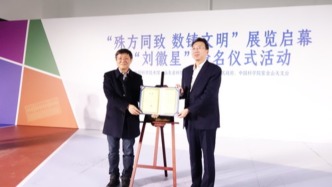

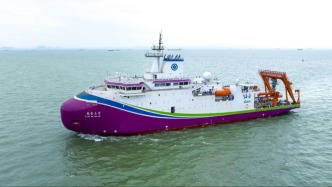
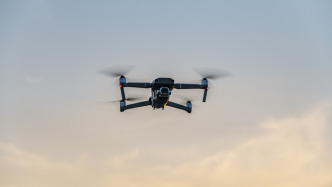
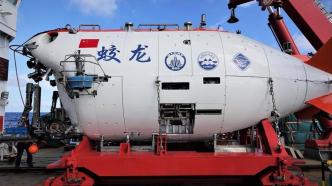
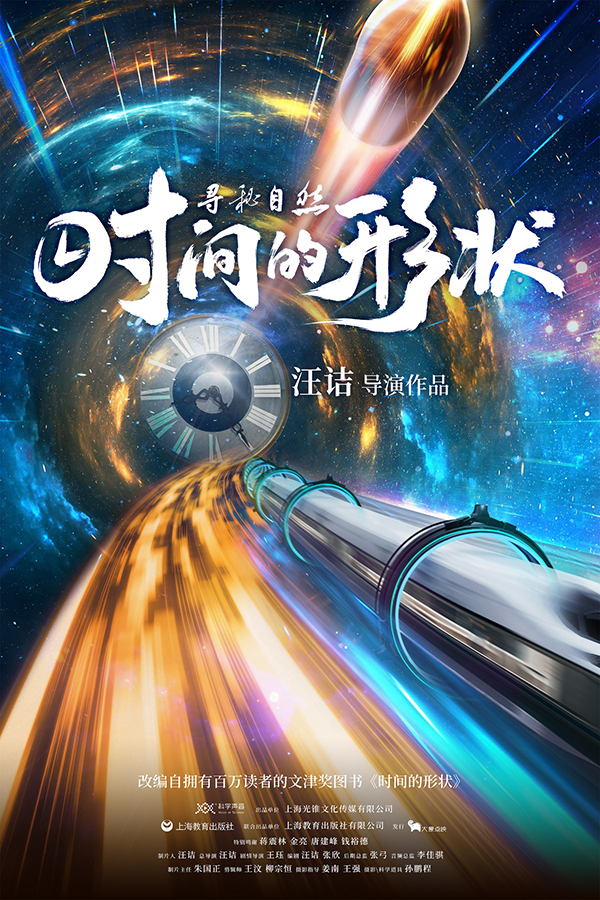
Comments